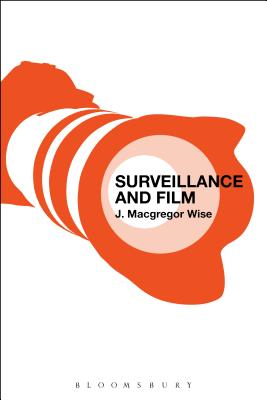The act of surveillance, both in actuality and in feature films, raises questions of ethics, trust, and control. How our films represent these themes is important to understanding the character of contemporary culture and society.Surveillance and Film provides the first overview of the subject by discussing the character of surveillance in everyday life, the types of surveillance we are subject to (visual, aural, data, etc.) and by whom (government, private/corporate, peer to peer), and introduces key themes (voyeurism, privacy, visibility, trust, simulation) and models of surveillance (drawing on Orwell, Foucault, and Deleuze).
With two to four case studies for each chapter, key films such as Wings of Desire, The End of Violence, Rear Window, Peeping Tom, The Conversation, The Lives of Others, Blow Up, Cache, The Truman Show, 1984,and Enemy of the State are summarized and placed in their proper historical and cultural contexts. Wise also includes a chapter on television as surveillance has been a staple of TV sinceCandid Camera premiered in 1948 and continues with any number of reality TV series today. Geared toward the student reader, plot summaries and general information (director, actors, studio) of each of the key films rounds out this engaging discussion.











 2025【精選作文範例】國文(作文)[快速上手+歷年試題](記帳士)](https://media.taaze.tw/showLargeImage.html?sc=14100120565)
